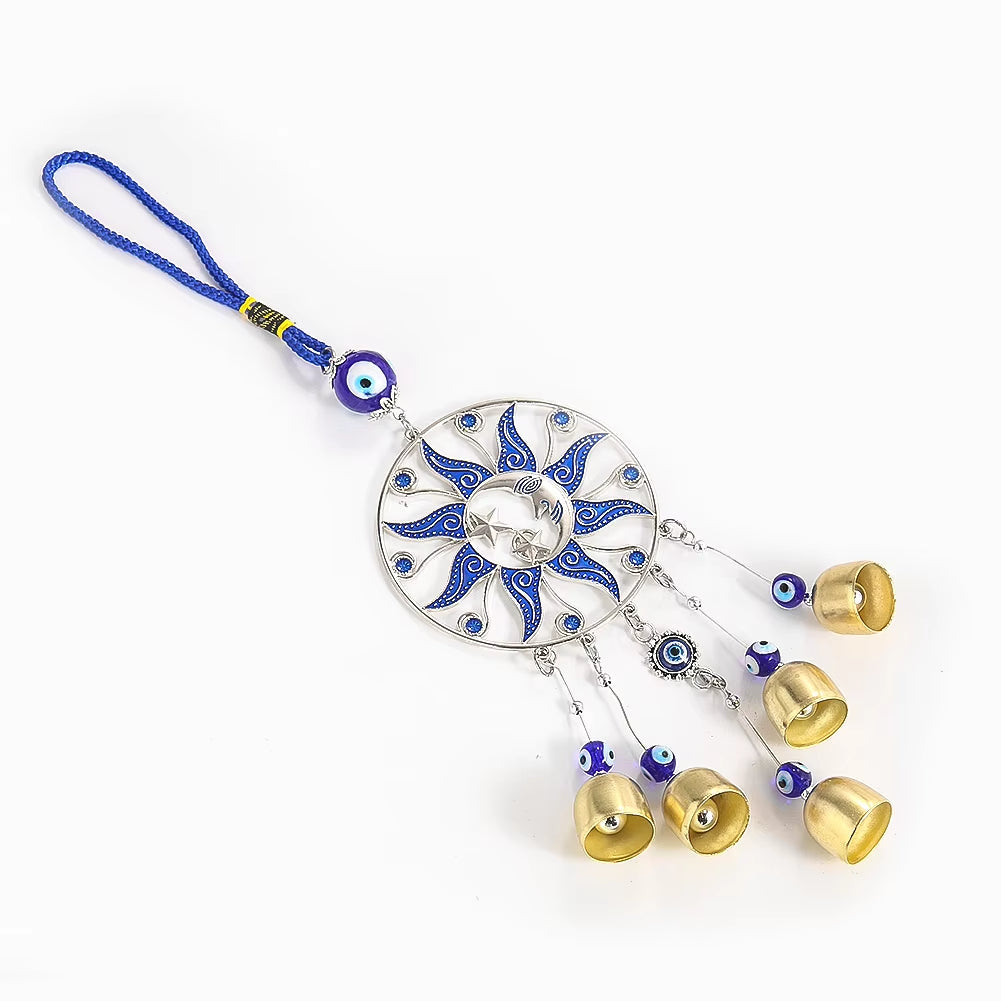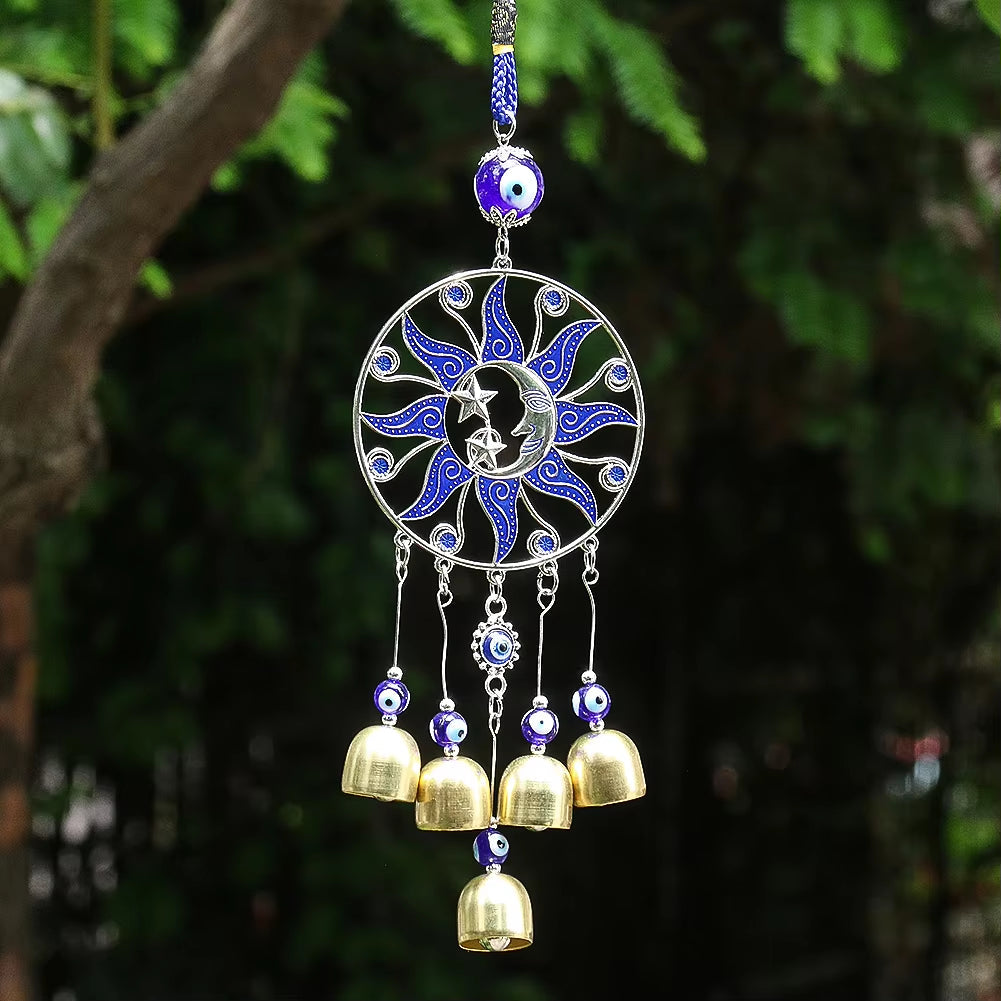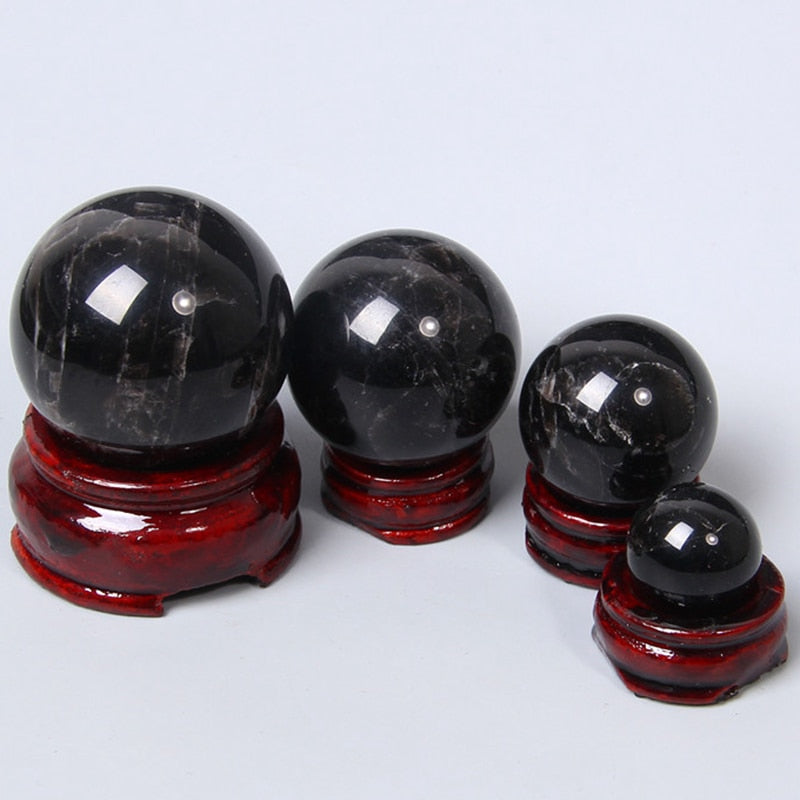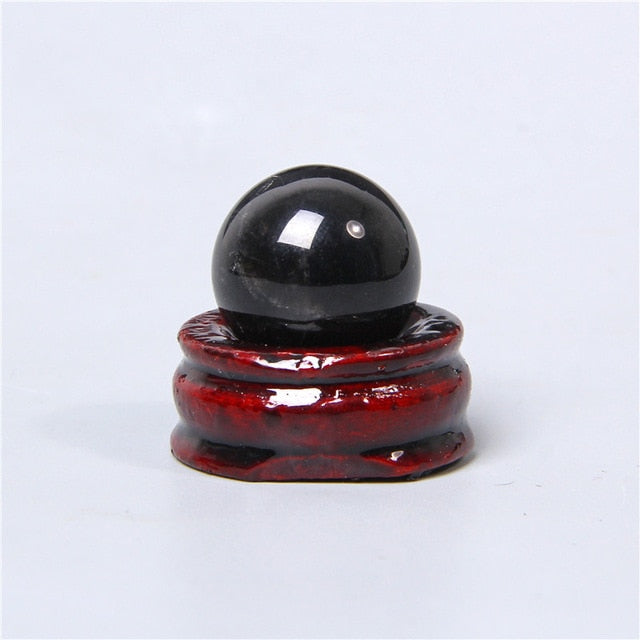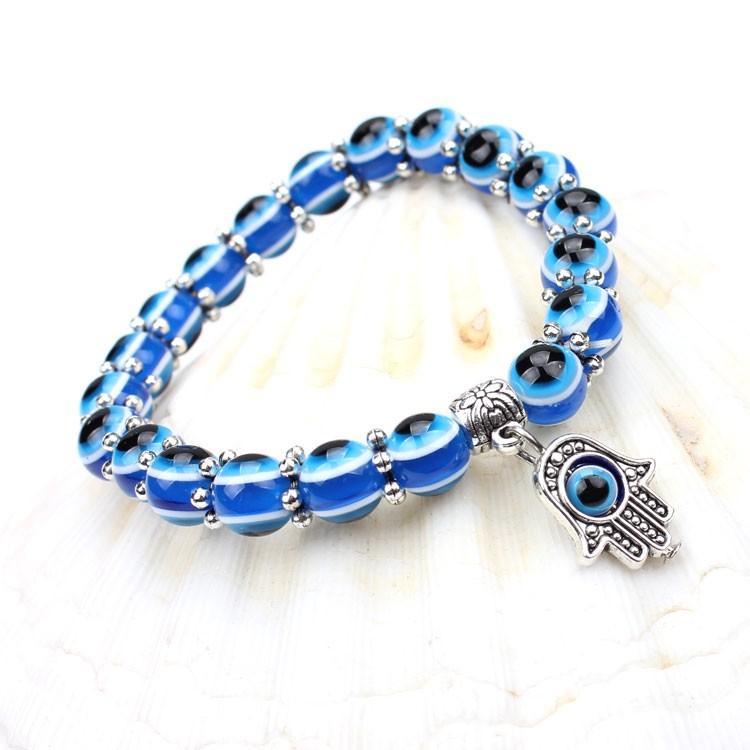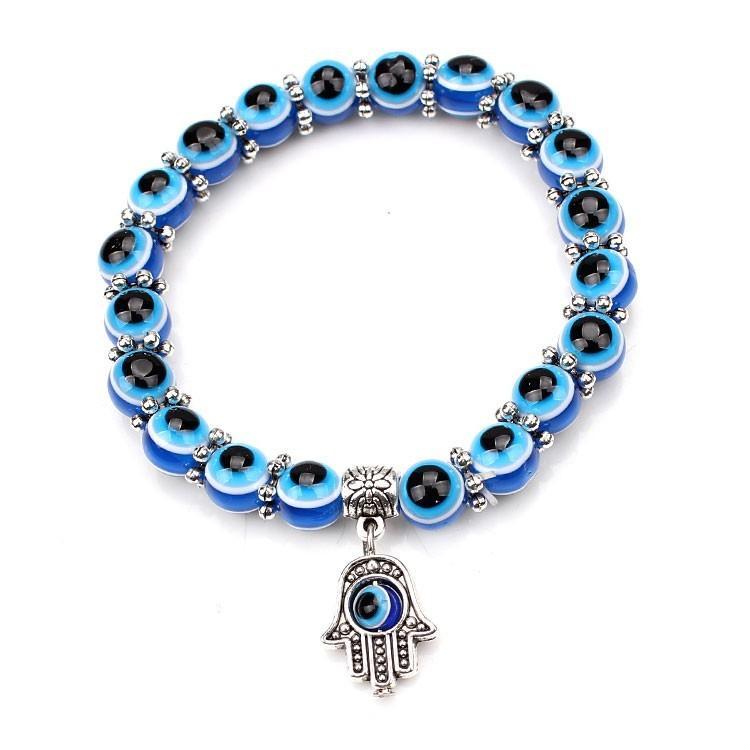À première vue, l'étoile de David et le sceau de Salomon paraissent étonnamment similaires. Ces deux étoiles à six branches fascinent mystiques, érudits et chercheurs spirituels depuis des siècles. Cette ressemblance visuelle prête souvent à confusion, et beaucoup utilisent ces noms de manière interchangeable. Cependant, sous leur géométrie commune se cachent des histoires distinctes, des significations profondes et des applications spirituelles uniques. Comprendre la différence entre le sceau de Salomon et l'étoile de David n'est pas un simple exercice académique ; c'est un voyage au cœur de la sagesse ancienne et de l'identité moderne.
Si vous vous êtes déjà senti attiré par ces puissants symboles et que vous vous êtes interrogé sur leurs véritables origines, vous êtes au bon endroit. Ce guide vous éclairera sur les différences fondamentales entre ces deux hexagrammes emblématiques, explorant leurs parcours respectifs à travers l'histoire, la culture et les traditions ésotériques. Nous dévoilerons leurs caractéristiques visuelles uniques et explorerons la richesse symbolique qui confère à chacun sa voix puissante.
Déballer les symboles : une comparaison visuelle
La différence la plus évidente entre les deux symboles réside dans leur construction. Bien qu'ils soient tous deux des hexagrammes (étoiles à six branches), la disposition de leurs triangles constitue le principal critère visuel permettant de les distinguer. Cette distinction subtile est essentielle à leur identité et à leur signification respectives.
L'étoile de David (Magen David)
L'étoile de David, connue en hébreu sous le nom de Magen David (Bouclier de David), est constituée de deux triangles équilatéraux distincts et superposés . L'un pointe vers le haut, l'autre vers le bas. Imaginez que vous superposiez un triangle transparent ; vous obtenez l'étoile de David. Cette forme est largement reconnue comme le symbole prééminent du judaïsme moderne et figure en bonne place sur le drapeau d'Israël.
Le Sceau de Salomon (Khatam Sulayman)
Le Sceau de Salomon, quant à lui, est généralement représenté par deux triangles entrelacés . Au lieu de se superposer, les lignes des triangles se superposent, créant l'impression d'une forme unique, continue et unifiée. Cet entrelacement est essentiel à son symbolisme, représentant un lien plus complexe et indissoluble entre les éléments qu'il symbolise. Il est plus communément associé aux traditions mystiques, magiques et ésotériques de diverses confessions.

Origines historiques et importance culturelle
Les chronologies et les parcours culturels de ces deux symboles sont très différents. L'un a des racines anciennes et multiconfessionnelles dans le mysticisme, tandis que l'association de l'autre à un peuple spécifique est une évolution historique plus récente.
Le voyage de l'étoile de David
Contrairement à la croyance populaire, l'association de l'hexagramme avec le peuple juif n'est pas ancienne. Bien que cette forme ait été utilisée comme décoration dans certaines synagogues anciennes, elle n'est devenue un symbole répandu et définitif du judaïsme qu'au XVIIe siècle. Son adoption s'est accrue au XIXe siècle, les communautés juives recherchant un symbole comparable à la croix chrétienne. Il a ensuite été adopté par le mouvement sioniste et s'est imposé comme symbole de l'identité juive et de la fierté nationale avec la création de l'État d'Israël. Il n'est pas explicitement mentionné dans la Bible comme « l'étoile de David ».
Les racines anciennes du sceau de Salomon
Le Sceau de Salomon possède une histoire bien plus ancienne et variée. Ses origines sont imprégnées du mysticisme et des traditions du Moyen-Orient, apparaissant dans les traditions ésotériques juives, islamiques et chrétiennes. Ce symbole est lié au roi biblique Salomon, réputé pour sa sagesse et qui aurait reçu de Dieu un anneau magique. Cet anneau, gravé du sceau, était censé lui conférer un pouvoir sur les démons et les esprits , ainsi que la capacité de communiquer avec les animaux. De ce fait, le débat entre l'étoile de Salomon et l'étoile de David met souvent en lumière la réputation ancienne du Sceau comme puissante amulette et objet magique.

Significations principales : que symbolisent-elles ?
Bien que leurs formes et leurs histoires diffèrent, la distinction la plus profonde réside dans ce que chaque symbole représente. Leurs significations fondamentales reflètent leurs contextes culturels et spirituels uniques.
Symbolisme de l'étoile de David
Le Magen David est riche de significations, directement liées à la foi et à l'identité juives. Les deux triangles sont souvent interprétés comme représentant :
- L' union du divin et de l'humain , ou du ciel et de la terre.
- La relation entre Dieu et le peuple juif.
- L'harmonie des opposés, comme le masculin et le féminin ou le spirituel et le physique.
- Dans certaines traditions, les six points plus le centre sont censés représenter les sept jours de la création.
En fin de compte, il s’agit d’un puissant emblème de foi, d’héritage et de persévérance pour le peuple juif du monde entier.
Symbolisme du sceau de Salomon
La signification du Sceau de Salomon est ancrée dans des principes universels et ésotériques. Son caractère imbriqué est essentiel à son symbolisme, qui comprend :
- Sagesse et connaissance divine : Directement liée à l’héritage du roi Salomon.
- Protection : L'une de ses utilisations les plus célèbres est celle de talisman pour éloigner les mauvais esprits et les énergies négatives. Nombreux sont ceux qui recherchent des objets portant ce symbole pour les bienfaits de la bague du Sceau de Salomon , croyant qu'elle offre un bouclier de protection spirituelle.
- Harmonie cosmique : Les triangles entrelacés représentent l’union et l’équilibre des forces fondamentales : le triangle ascendant représente le feu et l’énergie masculine, et le triangle descendant l’eau et l’énergie féminine. Leur lien indissociable symbolise l’ordre cosmique.
- Alchimie : Dans les traditions alchimiques, le symbole représente la synthèse des contraires pour créer la pierre philosophale.

Carillons éoliens amulettes œil bleu turc pour décoration de jardin
$10.63 $30.90
Imprégnez votre espace d'une protection mystique et d'une tradition, inspirée de symboles anciens comme le sceau de Salomon.
Explorer le produitL'hexagramme dans différentes traditions
La forme de l'hexagramme n'est pas exclusive au judaïsme ni aux légendes salomoniques. C'est une forme géométrique universelle présente dans diverses cultures et systèmes spirituels depuis des millénaires, notamment dans les mandalas hindous (le Shatkona), l'art et l'architecture islamiques (où elle est connue sous le nom de Najmat Dawud) et le mysticisme chrétien. Cette utilisation répandue explique en partie la confusion fréquente entre l' étoile de Salomon et l'étoile de David . La signification du symbole est souvent définie par la culture et le contexte spécifiques dans lesquels il apparaît. Pour une analyse plus approfondie de certaines de ces histoires controversées, notamment celle de l'« étoile de Remphan », la vidéo ci-dessous offre un point de vue captivant.
Pour ceux qui souhaitent explorer ces énergies protectrices et mystiques, de nombreux outils peuvent aider à canaliser leur essence. Des boules de cristal pour la clarté aux amulettes à porter, ces objets s'inspirent des mêmes traditions ancestrales de protection de l'esprit et de l'espace.
Outils de protection mystique et de clarté
$39.99
$49.99
Canalisez les énergies protectrices et mystiques derrière les sceaux anciens avec cette pièce maîtresse en sphère de cristal d'obsidienne. En savoir plus ➔
$29.99
$39.99
Portez une protection quotidienne avec ce bracelet iconique, mêlant les traditions amulettes liées au Sceau de Salomon et à l'Étoile de David. En savoir plus ➔
Conclusion : Deux étoiles, deux histoires
Bien qu'ils partagent la même forme à six branches, l'étoile de David et le sceau de Salomon racontent deux histoires bien différentes. L'étoile de David est un symbole puissant et relativement moderne de l'identité, de la foi et de la nation juives, formée de deux triangles superposés . Le sceau de Salomon est un symbole ancien et multiconfessionnel de sagesse, d'équilibre cosmique et de protection mystique, caractérisé par ses triangles entrelacés .
En comprenant les nuances du sceau de Salomon et de l'étoile de David , nous acquérons une plus grande appréciation de chacun. Chaque symbole offre une perspective unique sur l'histoire et la spiritualité. Que vous soyez attiré par le message d'héritage et de résilience du Magen David ou par la promesse d'harmonie et de protection universelles du Sceau de Salomon, explorer leurs significations peut enrichir votre cheminement spirituel. Nous vous invitons à poursuivre ce voyage en explorant notre collection de bijoux et d'outils symboliques, créés pour honorer ces traditions profondes.
Questions fréquemment posées sur l'étoile de David et le sceau de Salomon
La principale différence est visuelle et symbolique. L' étoile de David , composée de deux triangles superposés, est un symbole moderne du judaïsme. Le sceau de Salomon, quant à lui, présente deux triangles entrelacés et est un symbole ancien et multiconfessionnel associé au pouvoir mystique, à la sagesse et à la protection.
Le Sceau de Salomon symbolise divers concepts puissants, dont la sagesse divine, l'autorité et la connaissance héritées du roi Salomon. Il représente également l'harmonie des contraires (comme le feu et l'eau, le masculin et le féminin), l'ordre cosmique et est largement considéré comme une puissante amulette de protection contre les forces du mal .
Non, le symbole principal connu sous le nom de Sceau de Salomon est une étoile à six branches (hexagramme) . Cependant, une confusion historique persiste et, dans certaines traditions occultes occidentales, le pentagramme (une étoile à cinq branches) est également appelé Sceau de Salomon, bien que l'hexagramme soit la représentation la plus largement acceptée.
L'étoile à six branches du Sceau de Salomon est un hexagramme formé de deux triangles équilatéraux entrelacés . Cette construction particulière symbolise l'union indissoluble des forces cosmiques, telles que l'esprit et la matière ou les énergies masculine et féminine, créant ainsi l'harmonie et l'équilibre divins.
L'étoile de David n'est pas explicitement mentionnée dans la Bible comme symbole associé au roi David. Bien que la forme hexagramme ait pu exister comme motif décoratif, son identification spécifique au « Bouclier de David » et son adoption comme symbole principal du judaïsme ont eu lieu plusieurs siècles après l'ère biblique, devenant particulièrement importante à partir du XVIIe siècle.


